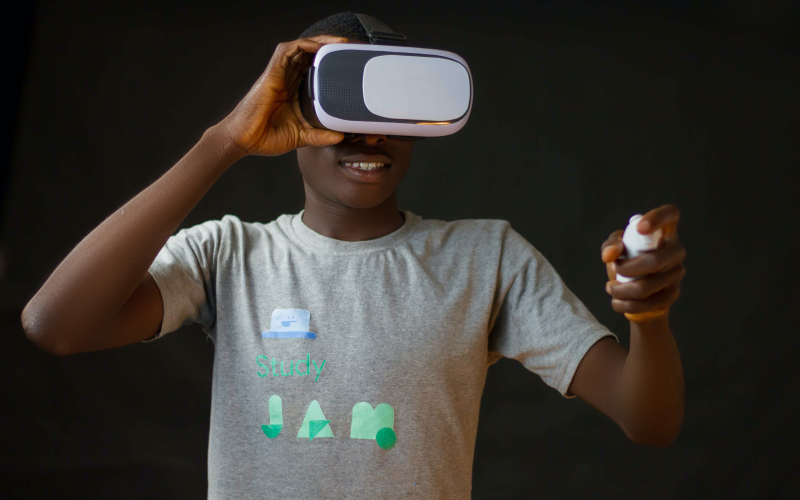The challenges of delivering a metaverse-ready network
October 13, 2022
At Fÿuz, the Metaverse Connectivity Summit October 25, I will be speaking on this topic. This blog is a small taste of what will be presented there.
I’ve covered this general subject a few times before:
So, what are the challenges?
The metaverse is different - a comparison to video conferencing
One might think that if you can do a Video Conference on a network, you would be able to do Interactive AR/VR, but this is not the case. And there are a few different reasons why.
.png)
Video conferences are mostly one-to-many
Many-to-many
Interactive AR/VR means Many-to-Many communication. A Video Conference is mostly one-to-many, there is typically only one person speaking at the time, and we’ve all experienced those awkward moments after someone has finished speaking and multiple people try to speak at the same time.
.png)
Interactive VR/AR means everyone’s movement and
communication goes to everyone
If parts of our lives should be in the metaverse, there are different requirements than that of a Video Conference. Want to have band practices? Well, then every player's sound needs to be perfectly in sync. If there are 10 people in the band, it is 10 times as challenging to make sure they are in sync as a video conference.
No magic tricks allowed
Video Conference Services are clever, if there is too poor network quality to show the video of everyone, they will reduce the quality of some of the silent participants. When there are many participants, every participant gets a smaller picture with lower resolution saving network resources. For interactive AR/VR where everyone and their movements will be visible at all times these tricks don't work.
.jpg)
The metaverse can’t use the same magic tricks as video conferences
Video Conferences keep “Jitter Buffers” meaning they keep a continuous delay, for example 50ms, to remove problems from varying network conditions. This is fine for audio and the next paragraph will explain why. This is also fine for the video part of a conference. But for someone trying to coordinate their dance moves in AR/VR, not so much.
The speed of light vs the speed of sound
The key part of most Video Conferences is the sound, the video often is a nice-to-have, not a need to have. Interactive AR/VR means the video, and the movements of our friends and colleagues is promoted to an equal importance. Our eyes are used to the speed of light, which travels across a room in 0.000 000 001 seconds. Sound travels across the same room in 0.001 seconds, a difference of 1 000 000 times! As every movement counts, interactive AR/VR is a much bigger challenge.
It’s probably not about the bandwidth. It’s the latency
Much of the metaverse graphics will probably be processed and rendered within the headset or on a local computer. What will be sent across the internet is the movements. However, there are a lot of movements to synchronise, likely 1000 times more movements than for a Video Conference.
Modern networks can support the projected bandwidth required by AR/VR with a large margin. Hence, bandwidth likely won't be the problem. The requirements for latency and how the latency varies over time will on the other hand be much more demanding to deliver upon. Most home networks are not equipped to reliably deliver the low-latency performance required by AR/VR.
Latency and Wireless Network
Contrary to popular belief, more bandwidth does not mean less latency. And in fact, latency when you have a wireless connection typically varies substantially. This is due to the fact that the fundamentals of the wireless technologies that allows us to move around while connected and have multiple simultaneous users by definition leads to variations in bandwidth. And while the bandwidth may always be enough, the variations lead to a mismatch between expectations of bandwidth and actual bandwidth. The mismatch causes overspending and thereby queues and latency.

Staying connected while moving and multiple simultaneous users, create latency spikes
Wrapping up
Interactive AR/VR will require many, many more movements to be synchronized than a video conference. Many of the tricks Video Conference services use today to mask poor network quality will be useless. Delivering the metaverse-ready network will probably not be about increasing bandwidth, but securing low and consistent latency. This will be very challenging, as some of the fundamentals of wireless networks present issues. It won't be impossible, but will certainly require many network innovations.